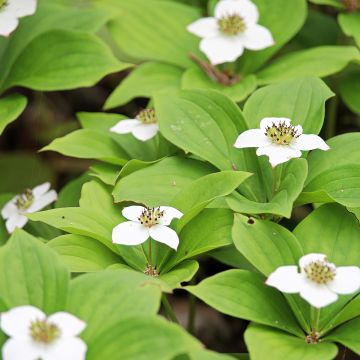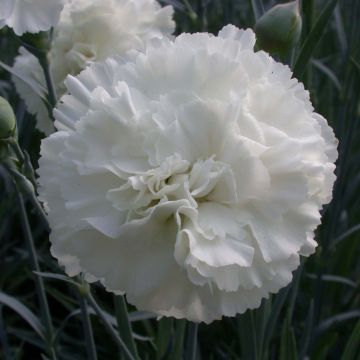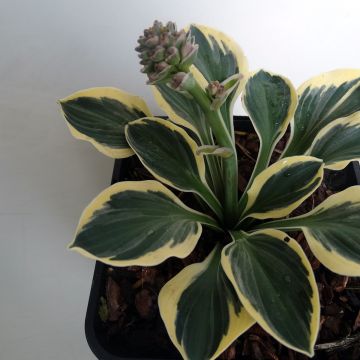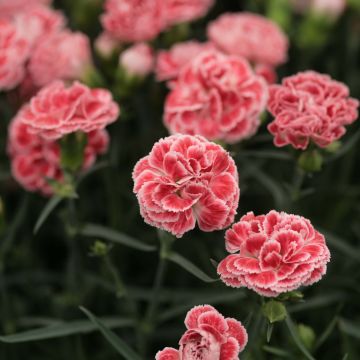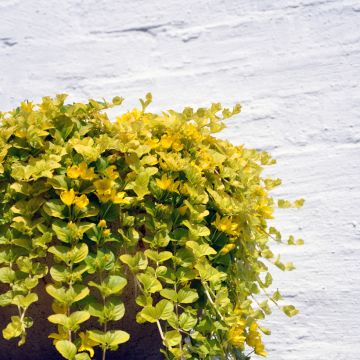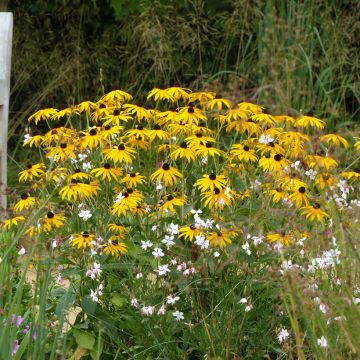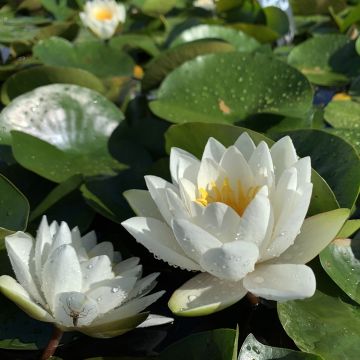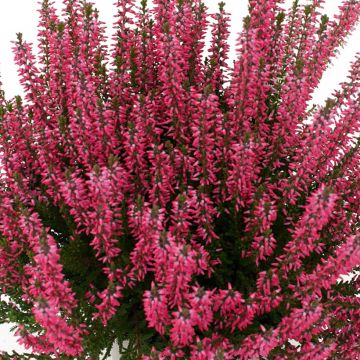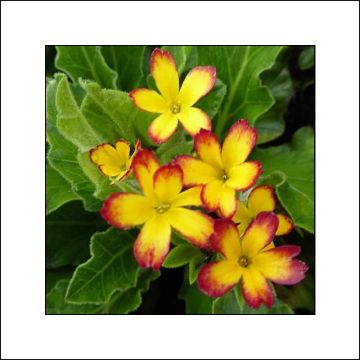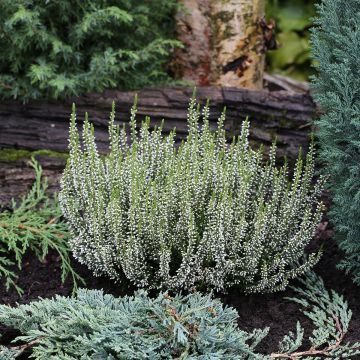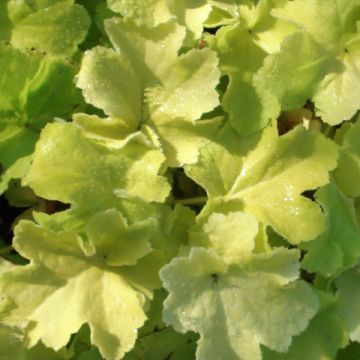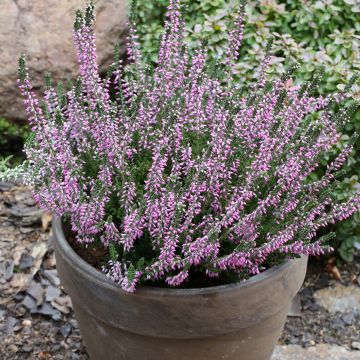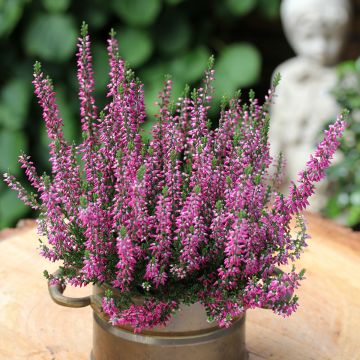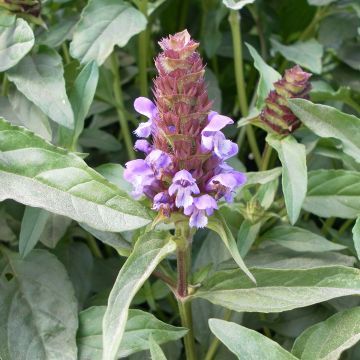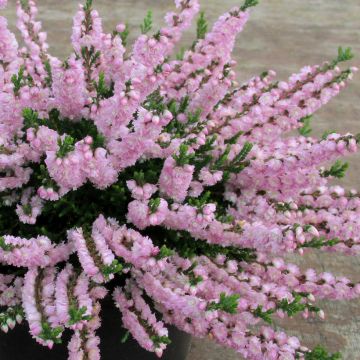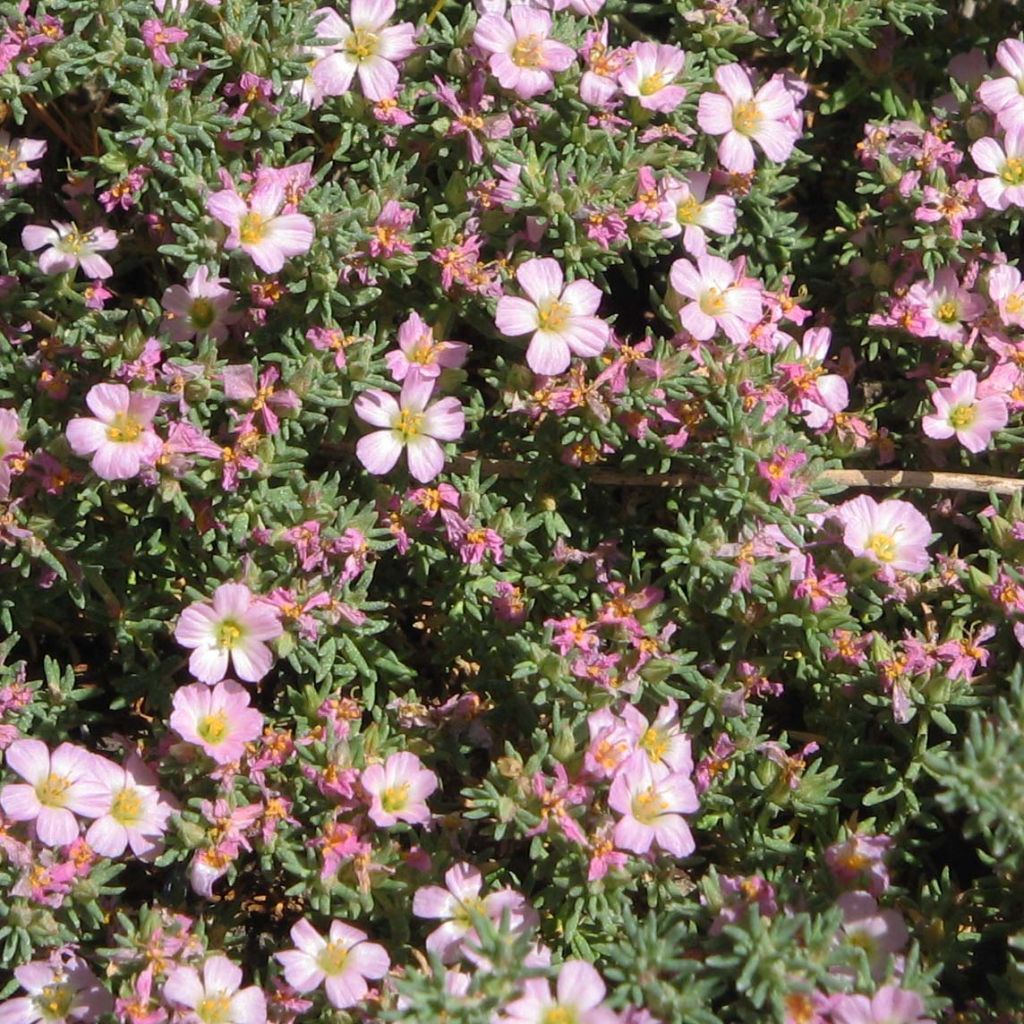

Frankenia laevis
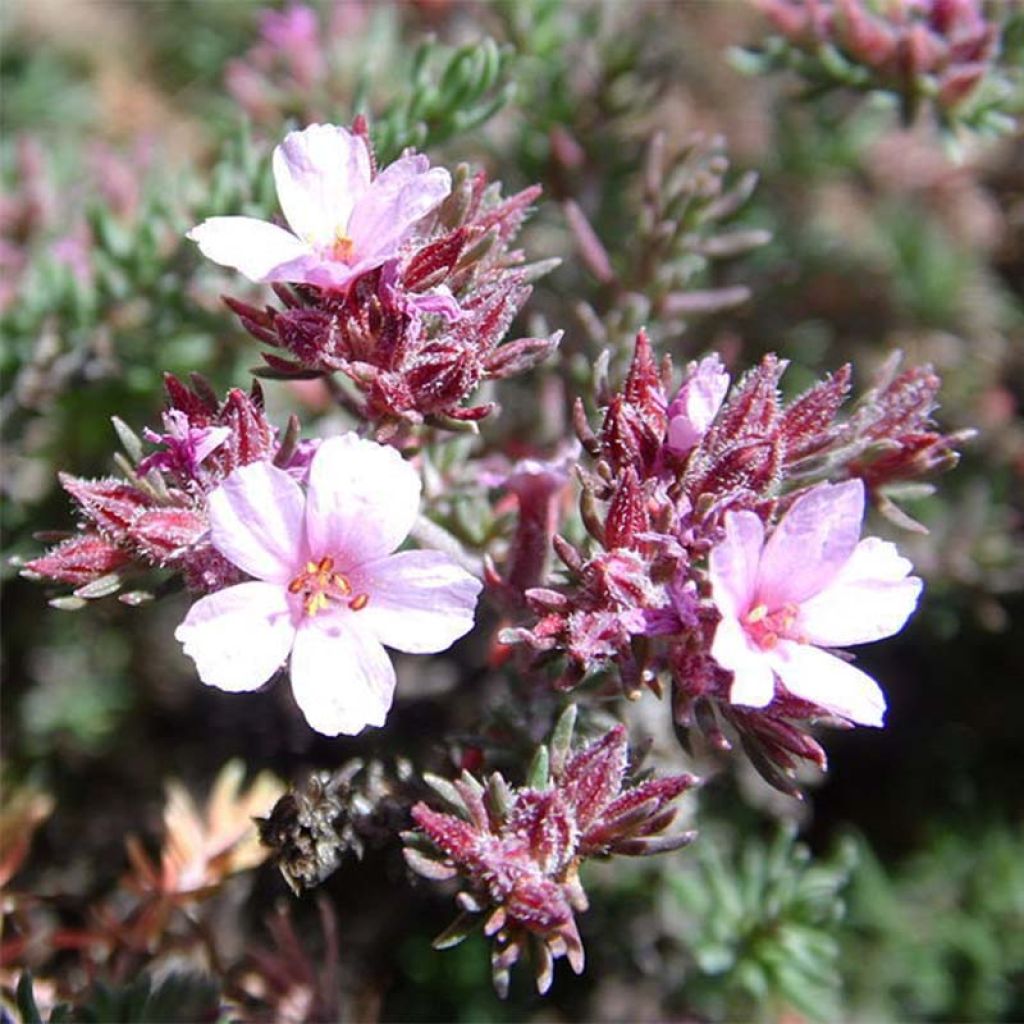

Frankenia laevis
Frankenia laevis
Frankenia laevis
Common Sea Heath
Very disappointing, after several months, you need a microscope to see it, and a certain number of stems have disappeared. What a disappointment!
Lionel, 01/10/2024
Special offer!
Receive a €20 voucher for any order over €90 (excluding delivery costs, credit notes, and plastic-free options)!
1- Add your favorite plants to your cart.
2- Once you have reached €90, confirm your order (you can even choose the delivery date!).
3- As soon as your order is shipped, you will receive an email containing your voucher code, valid for 3 months (90 days).
Your voucher is unique and can only be used once, for any order with a minimum value of €20, excluding delivery costs.
Can be combined with other current offers, non-divisible and non-refundable.
Home or relay delivery (depending on size and destination)
Schedule delivery date,
and select date in basket
This plant carries a 12 months recovery warranty
More information
We guarantee the quality of our plants for a full growing cycle, and will replace at our expense any plant that fails to recover under normal climatic and planting conditions.
Would this plant suit my garden?
Set up your Plantfit profile →
Description
The Frankenia laevis, also known as Smooth Frankenia, is perhaps better known as seaside heather. This tiny evergreen coastal plant with dark, curly foliage and pink flowers can indeed resemble a very low-growing heather. It quickly develops into a wide carpet, like a true vegetal mat, and takes on beautiful red to violet hues when exposed to cold weather. This ground cover can withstand moderate trampling, heat, relative summer drought, and requires no mowing. It can be used as an alternative to grass on small surfaces, provided it is installed alone, away from any competition, in a well-drained soil and in full sun. Charming in the joints of paving stones and retaining walls, it fills the spaces between rocks in rockeries and adorns pathways.
Native to Atlantic and Mediterranean coastlines, Frankenia laevis is a botanical species belonging to the little-known family of frankeniacs. Most often classified as a perennial, it is actually a prostrate and creeping undershrub. In nature, it is found in rocky and well-drained areas, especially on sandy soils, by the seaside. Its hardiness is around -12 to -15°C (10.4 to 5°F) in perfectly drained soil. Its drought resistance is rather good, but in a Mediterranean climate, the plant will require ample watering once a week to stay beautiful. Its habit is carpeting, its stems root upon contact with the ground, allowing it to quickly cover the ground with a network of leafy stems, up to 2 to 4 cm (1 to 2in) tall and at least 50 cm (20in) wide. Very pleasant if the soil remains moist, the carpet becomes more brittle and fragile during dry periods. The evergreen foliage is composed of tiny dark green leaves that take on lovely shades in autumn and winter. The abundant flowering occurs from May-June to July, depending on the climate. Tiny single flowers in light pink with a yellow centre bloom at the end of the shoots. Note that Frankenia laevis requires regular manual weeding, as it fears competition from weeds as well as other ground cover plants.
Frankenia laevis is decorative all year round, offers great resistance to parasites, diseases, sea spray, and drought, but its hardiness is quite limited, making it suitable for mild regions. Its densely carpeting habit makes it an ideal plant for elegantly filling in the joints of paving stones, cracks and tops of walls, or the edges of a stone staircase. It can be paired with Nepeta mussinii, Geranium sanguineum, Lithodora, Teucrium, and other non-invasive cushions. Since it tolerates moderate trampling and salt, it is often used as a replacement for lawns in coastal gardens with poor, sandy soil, on surfaces ranging from 50 to 100 m². Seaside heather dresses up the ground near flower beds, along pathways, and will thrive in a sunny rockery, alongside aubrieta, golden or silver baskets, thyme, and creeping ceanothus.
Report an error about the product description
Frankenia laevis in pictures


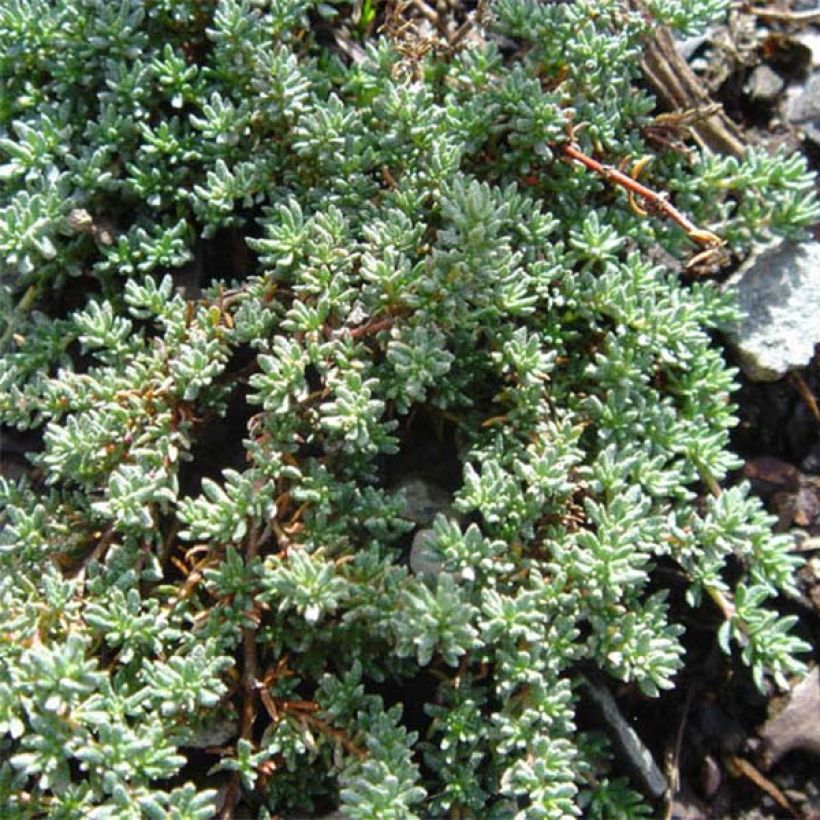

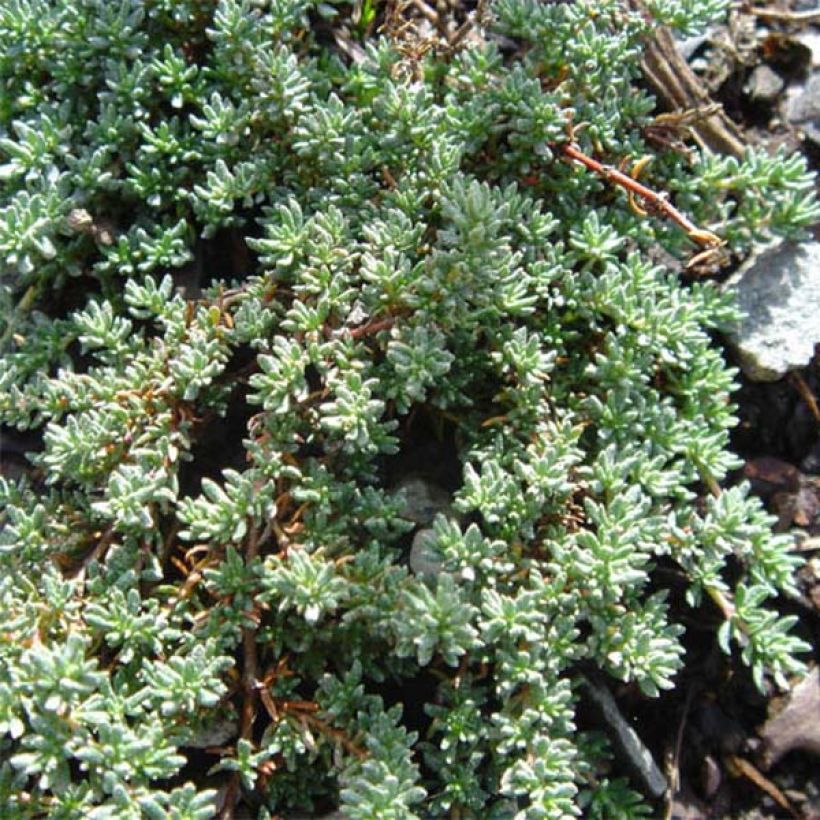

Flowering
Foliage
Plant habit
Botanical data
Frankenia
laevis
Frankeniaceae
Common Sea Heath
Mediterranean
Other Perennials A to Z
View all →Planting and care
The Frankenia laevis is a plant well adapted to the seaside. It requires a perfectly drained soil, preferably sandy, poor, even limestone and gravelly, to withstand the rigors of winter. It is not very demanding but fears compact, heavy, moist soils, especially in winter. Loosen the soil well before planting, if necessary create a bed of gravel 4 to 5 cm (2in) thick to form a very draining base under the soil, possibly mixed with river sand that will accommodate the plants. Allow for 4 seedlings per square metre for ground cover in one year (spacing: 50 cm (20in)). Thoroughly weed several times a year, Frankenia fears competition from weeds. Water regularly to promote establishment. Under arid climates or excessively dry soils in summer, the smooth Frankenia will require abundant watering once a week, at a rate of 15 litres per square metre. The frequency of watering should be adjusted according to the regions. Plant it after the last frost in the north and in September-October in hot and dry climates. Install it in full sun. It tolerates moderate trampling and generally does not need to be mowed.
Planting period
Intended location
Care
Planting & care advice
-
, onOrder confirmed
Reply from on Promesse de fleurs
Similar products
Haven't found what you were looking for?
Hardiness is the lowest winter temperature a plant can endure without suffering serious damage or even dying. However, hardiness is affected by location (a sheltered area, such as a patio), protection (winter cover) and soil type (hardiness is improved by well-drained soil).

Photo Sharing Terms & Conditions
In order to encourage gardeners to interact and share their experiences, Promesse de fleurs offers various media enabling content to be uploaded onto its Site - in particular via the ‘Photo sharing’ module.
The User agrees to refrain from:
- Posting any content that is illegal, prejudicial, insulting, racist, inciteful to hatred, revisionist, contrary to public decency, that infringes on privacy or on the privacy rights of third parties, in particular the publicity rights of persons and goods, intellectual property rights, or the right to privacy.
- Submitting content on behalf of a third party;
- Impersonate the identity of a third party and/or publish any personal information about a third party;
In general, the User undertakes to refrain from any unethical behaviour.
All Content (in particular text, comments, files, images, photos, videos, creative works, etc.), which may be subject to property or intellectual property rights, image or other private rights, shall remain the property of the User, subject to the limited rights granted by the terms of the licence granted by Promesse de fleurs as stated below. Users are at liberty to publish or not to publish such Content on the Site, notably via the ‘Photo Sharing’ facility, and accept that this Content shall be made public and freely accessible, notably on the Internet.
Users further acknowledge, undertake to have ,and guarantee that they hold all necessary rights and permissions to publish such material on the Site, in particular with regard to the legislation in force pertaining to any privacy, property, intellectual property, image, or contractual rights, or rights of any other nature. By publishing such Content on the Site, Users acknowledge accepting full liability as publishers of the Content within the meaning of the law, and grant Promesse de fleurs, free of charge, an inclusive, worldwide licence for the said Content for the entire duration of its publication, including all reproduction, representation, up/downloading, displaying, performing, transmission, and storage rights.
Users also grant permission for their name to be linked to the Content and accept that this link may not always be made available.
By engaging in posting material, Users consent to their Content becoming automatically accessible on the Internet, in particular on other sites and/or blogs and/or web pages of the Promesse de fleurs site, including in particular social pages and the Promesse de fleurs catalogue.
Users may secure the removal of entrusted content free of charge by issuing a simple request via our contact form.
The flowering period indicated on our website applies to countries and regions located in USDA zone 8 (France, the United Kingdom, Ireland, the Netherlands, etc.)
It will vary according to where you live:
- In zones 9 to 10 (Italy, Spain, Greece, etc.), flowering will occur about 2 to 4 weeks earlier.
- In zones 6 to 7 (Germany, Poland, Slovenia, and lower mountainous regions), flowering will be delayed by 2 to 3 weeks.
- In zone 5 (Central Europe, Scandinavia), blooming will be delayed by 3 to 5 weeks.
In temperate climates, pruning of spring-flowering shrubs (forsythia, spireas, etc.) should be done just after flowering.
Pruning of summer-flowering shrubs (Indian Lilac, Perovskia, etc.) can be done in winter or spring.
In cold regions as well as with frost-sensitive plants, avoid pruning too early when severe frosts may still occur.
The planting period indicated on our website applies to countries and regions located in USDA zone 8 (France, United Kingdom, Ireland, Netherlands).
It will vary according to where you live:
- In Mediterranean zones (Marseille, Madrid, Milan, etc.), autumn and winter are the best planting periods.
- In continental zones (Strasbourg, Munich, Vienna, etc.), delay planting by 2 to 3 weeks in spring and bring it forward by 2 to 4 weeks in autumn.
- In mountainous regions (the Alps, Pyrenees, Carpathians, etc.), it is best to plant in late spring (May-June) or late summer (August-September).
The harvesting period indicated on our website applies to countries and regions in USDA zone 8 (France, England, Ireland, the Netherlands).
In colder areas (Scandinavia, Poland, Austria...) fruit and vegetable harvests are likely to be delayed by 3-4 weeks.
In warmer areas (Italy, Spain, Greece, etc.), harvesting will probably take place earlier, depending on weather conditions.
The sowing periods indicated on our website apply to countries and regions within USDA Zone 8 (France, UK, Ireland, Netherlands).
In colder areas (Scandinavia, Poland, Austria...), delay any outdoor sowing by 3-4 weeks, or sow under glass.
In warmer climes (Italy, Spain, Greece, etc.), bring outdoor sowing forward by a few weeks.
































